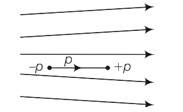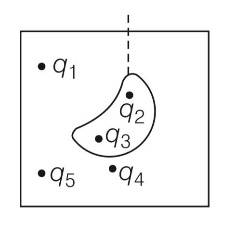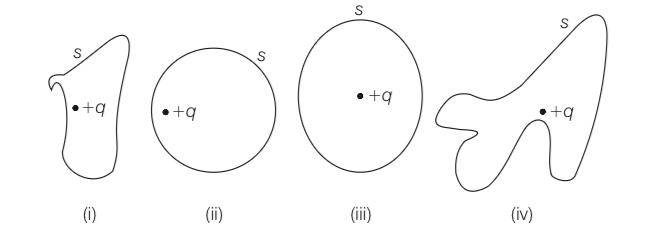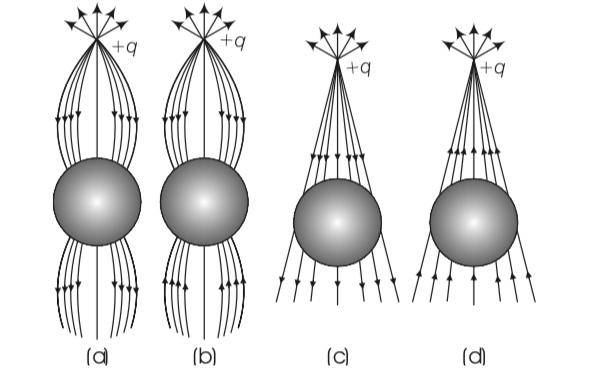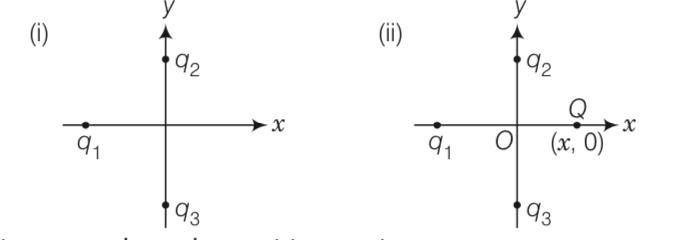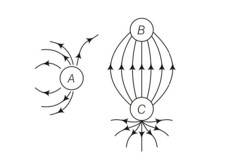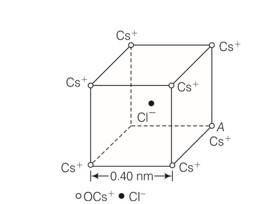Physics Ncert Solutions Class 12th
Get insights from 1.2k questions on Physics Ncert Solutions Class 12th, answered by students, alumni, and experts. You may also ask and answer any question you like about Physics Ncert Solutions Class 12th
Follow Ask QuestionQuestions
Discussions
Active Users
Followers
New answer posted
4 months agoContributor-Level 10
This is a Multiple Choice Questions as classified in NCERT Exemplar
Answer. (a)
Explanation- field lines are always perpendicular to the surface.
New answer posted
4 months agoContributor-Level 10
This is a Multiple Choice Questions as classified in NCERT Exemplar
Answer. (a)
Explanation- when a point positive charge brought near an isolated conducting plane, some negative charge develops on the surface of the plane towards the charge and an equal positive charge develops on opposite side of the plane. By process called induction.
New answer posted
4 months agoContributor-Level 10
This is a Multiple Choice Questions as classified in NCERT Exemplar
Answer. (c)
Explanation- As the space is increasing towards right means electric field is decreasing so as force is also decreasing . so force on -p is more than the force on +p
New answer posted
4 months agoContributor-Level 10
This is a Multiple Choice Questions as classified in NCERT Exemplar
Answer. (b)
Explanation-The charges may be located anywhere inside the surface, if the surface is so chosen that there are some charges inside and some outside, the electric field on the left side of equation is due to all charges, both inside and outside S.
New answer posted
4 months agoContributor-Level 10
This is a Multiple Choice Questions as classified in NCERT Exemplar
Answer. (d)
Explanation- Total flux inside a conducting sphere is depend upon the algeabric sum of total charge inside that surface, which is same for all fig. As it does not depend upon shape of a body
New answer posted
4 months agoContributor-Level 10
This is a Multiple Choice Questions as classified in NCERT Exemplar
Answer- (a)
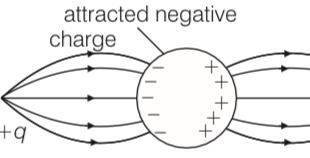
Explanation- when a positive point charge is brought near an isolated conducting sphere without touching the sphere, then the free electron in the sphere are attracted towards the positive charge. This leaves an excess positive charge on right side of sphere . And also by induction the negative charge is setup across left side. So field lines first goes from positive charge (+q) to negative charge of sphere then from positive charge of sphere to negative charge anywhere in the universe.
New answer posted
4 months agoContributor-Level 10
This is a Multiple Choice Questions as classified in NCERT Exemplar
Answer. (a)
Explanation-The force between (q1, q2) and (q1, q3) is must be attractive to net forces act in positive direction of x . so q1 must be negative. But if we place a positive charge Q in positive direction of x then it must be attractive towards along x-axis. So it will be attractive towards positive x axis.
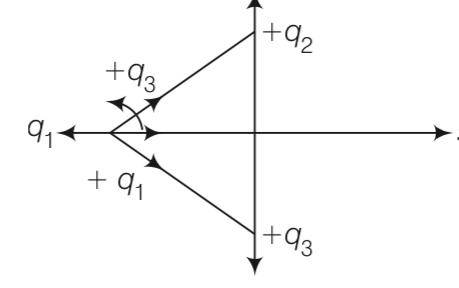
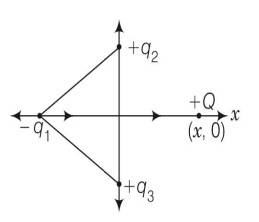
New answer posted
4 months agoContributor-Level 10
This is a Short Answer Type Questions as classified in NCERT Exemplar
Explanation-The electric lines of forces always starts from a positive charge and ends at a negative charge. In case of a single isolated charge, electric lines of force start from positive charge ends at infinity.
(i) Here, in the figure, the electric lines of force starts from A and C. Therefore, charges A and C must be positive.
(ii) The number of electric lines of forces starting from charge C are maximum, so C must have the largest magnitude.
(iii) From the figure we see that a neutral point exists between charges A and
Here, more number of elect
New answer posted
4 months agoContributor-Level 10
This is a Short Answer Type Questions as classified in NCERT Exemplar
Answer = (1+ ) towards left.
Explanation -lets consider 2q charge is placed in between q and -3q, here it will definitely experience some force q charge repel 2q charge and -3q charge will attract 2q charge. So 2q charge will move towards -3q charge.
Now lets consider it to the left of q at some distance x, here the force experience by q is repulsive and force experience by -3q is attractive . so they cancel out each other and no net force is experience by 2q.

Thus, force of attraction by -3q = force of repulsion by q
k 2q q/x2 = k 2q 3q/ (x+d)2
(x+d)2 = 3x
New answer posted
4 months agoContributor-Level 10
This is a Short Answer Type Questions as classified in NCERT Exemplar
Explanation- (i)The cesium atoms, are situated at the corners of a cube and Cl atom is situated at the centre of the cube. From the given figure, we can analyse that the chlorine atom is at equal distance from all the eight comers of cube where cesium atoms are placed. Thus, due to symmetry the electric field due to all Cs atoms, on Cl atom will cancel out. Hence net electric field at the centre of cube is zero.
(ii) we know, f=qE E= Kq/r2= Ke/r2
F= e (E)=e (ke/r2)=ke2/r2
Distance= = 10-9m
F=8.99 109 (1.6 10-16)2/ (0.346 10-9)2=1.92 10-9N
Taking an Exam? Selecting a College?
Get authentic answers from experts, students and alumni that you won't find anywhere else
Sign Up on ShikshaOn Shiksha, get access to
- 65k Colleges
- 1.2k Exams
- 686k Reviews
- 1800k Answers

